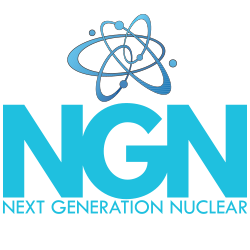

Solar panels produce ~300 times more waste than nuclear reactors when providing the same amount of energy. In addition, solar emits 40 times more radiation per unit of energy than nuclear due its need for mining “rare Earth” minerals.
It’s interesting to note that coal plants also release more radioactive material that nuclear power plants. Approximately 600,000 tons of ash contains uranium and thorium reman in a coal-based power plant. A nuclear plant in stark contrast will produce about 250 tons of radioactive waste.
Coal ash in the United States is disposed of in over 310 on site landfills and 735 active onsite surface impoundments. Landfills average over 120 acres in size and are 40 feet deep, impoundments are approximately 50 acres in size and 20 feet deep. Rather than storing this waste, we could be using it as part of a nuclear reactors fuel stream.
All of the nuclear waste that has been produced in the U.S. nuclear industry over the last 60 years could fit on a (U.S.) football field at a depth of less than 10 yards. If the United States was recycling and reprocessing the waste, it would be a small fraction of that.
Compared to uranium reactors, thorium reactors produce far less waste and the waste that is generated is much less radioactive and much shorter-lived. With thorium, the U233 is isolated, and the result is far fewer highly radioactive, long-lived byproducts. Thorium nuclear waste only stays radioactive for ~200 years, instead of 10,000, and there is ~1,000 times less waste to start with (generally two to three orders of magnitude less waste) eliminating the need for large-scale, long-term storage.